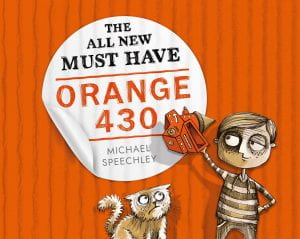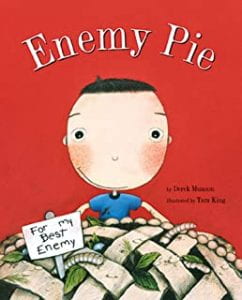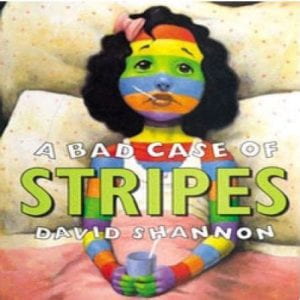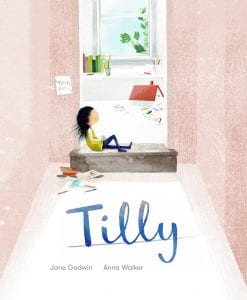The module reading, Cai (2002), presents three views on what constitutes multicultural literature. The first is that in order to be considered multicultural, a text must include and represent as many cultures as possible, encompassing all cultures of the world equally. That is, a traditional tale from the UK is just as multicultural as one from Africa. In this view, the power relationships, the oppressed and the oppressor, the marginalised and the mainstream, are not taken into account. A literature set could not be thought complete unless both dominant and minority cultures were represented. Another view is that multicultural literature should focus on racial differences. This does not acknowledge that gender, sexual orientation, age or any other element of a person or community might influence the culture. I do not believe that this is the case, however, I can see that decisions as to what constitutes “culture” and what does not is up for debate. The third view is that all books, collectively, represent multicultural literature. This is the view with which I most agree. While there may be some texts that do explore in depth many different cultures, or perhaps the intercession of at least two, it is the collection as a whole that must be “multicultural”. Texts which explore, describe and celebrate all cultures and walks of life should be represented with in a collection. This should incorporate texts that explore the clashing, melding, crossing, dividing and accepting of people from different cultures when they come together. I believe that it is not just ethnic, religious or national difference that contributes to culture, but that age, sexual orientation, gender, privilege (or lack thereof) etc combine to influence and create sub-cultures and all should be represented in the collection. Where the terms “multicultural” and “diverse” meet and crossover, I am not sure. And I am not sure it really matters.
Chapter 1: Defining multicultural literature (pp 3-18) in
Cai, M. (2002). Multicultural literature for children and young adults: Reflections on critical issues. ABC-CLIO, LLC.





